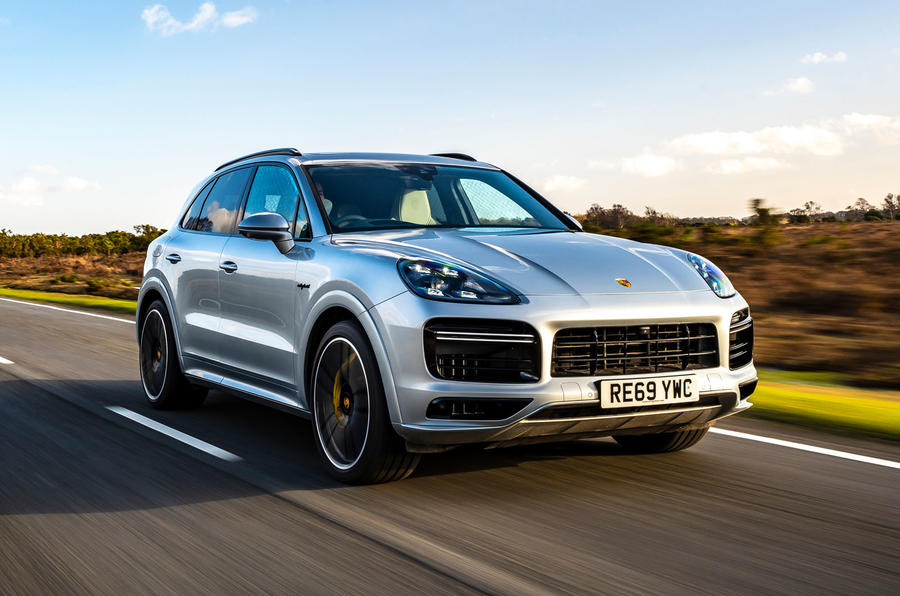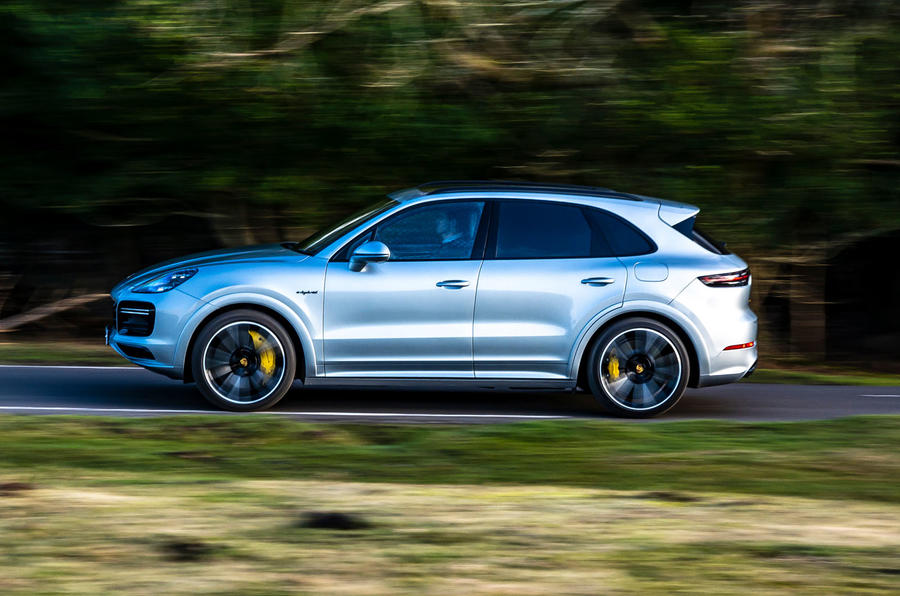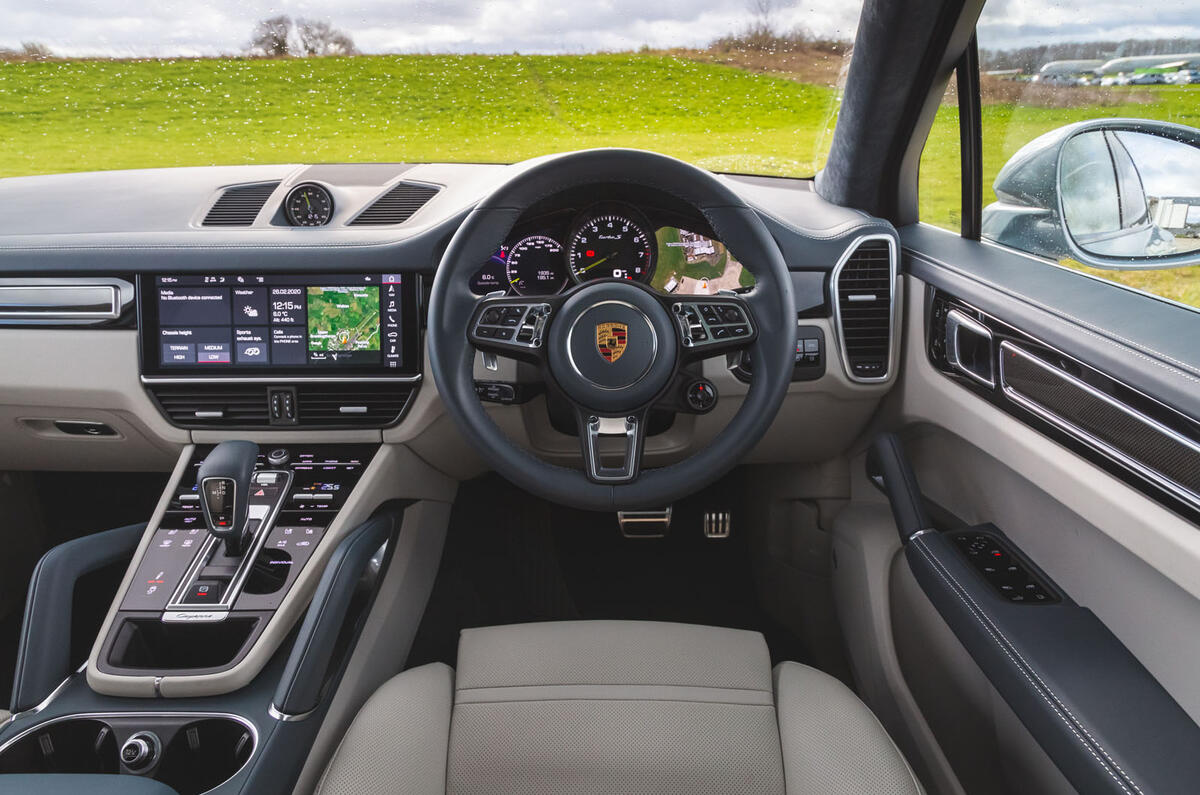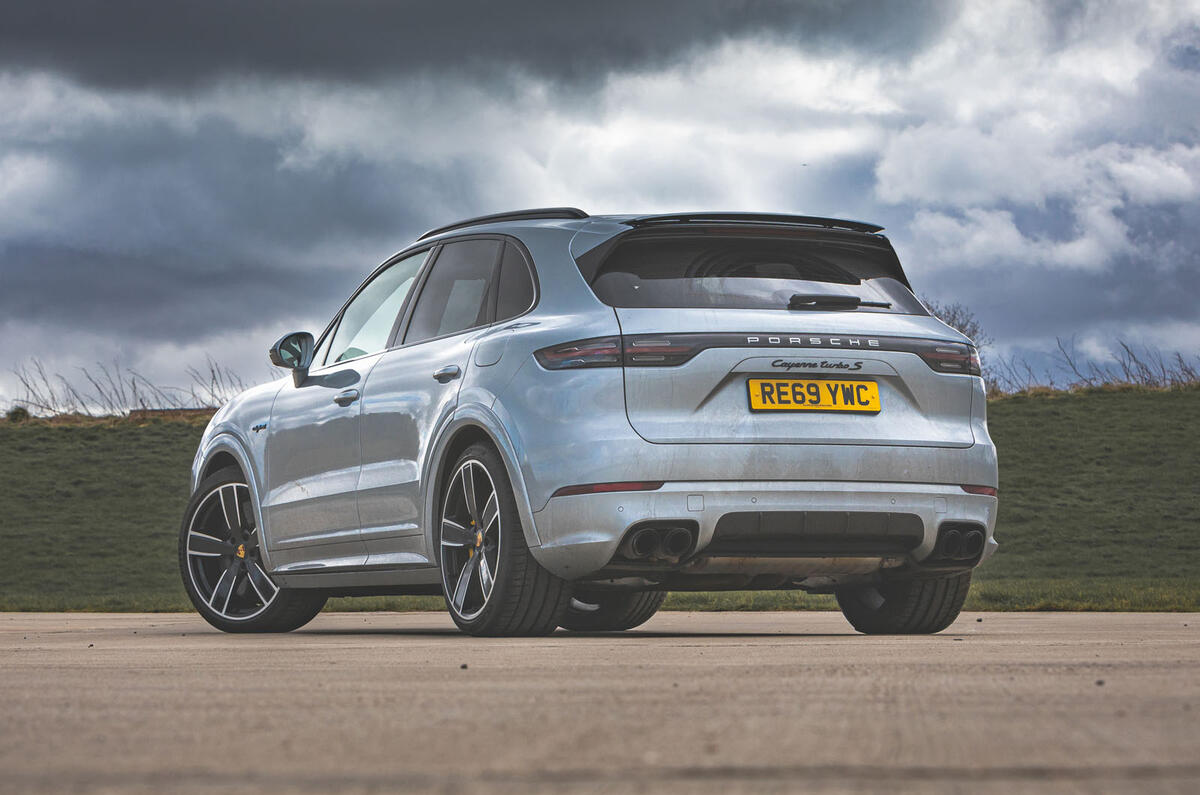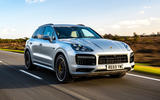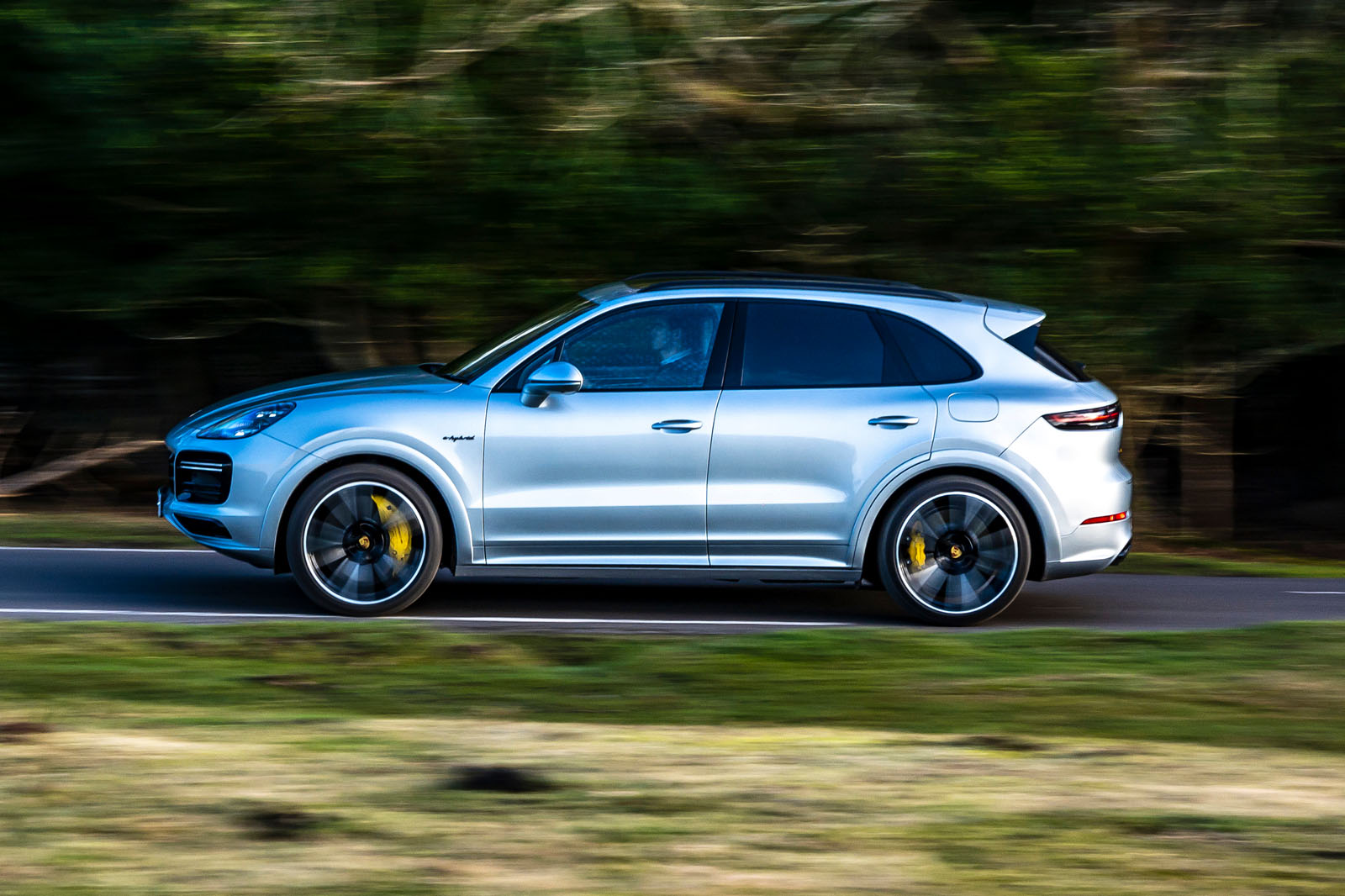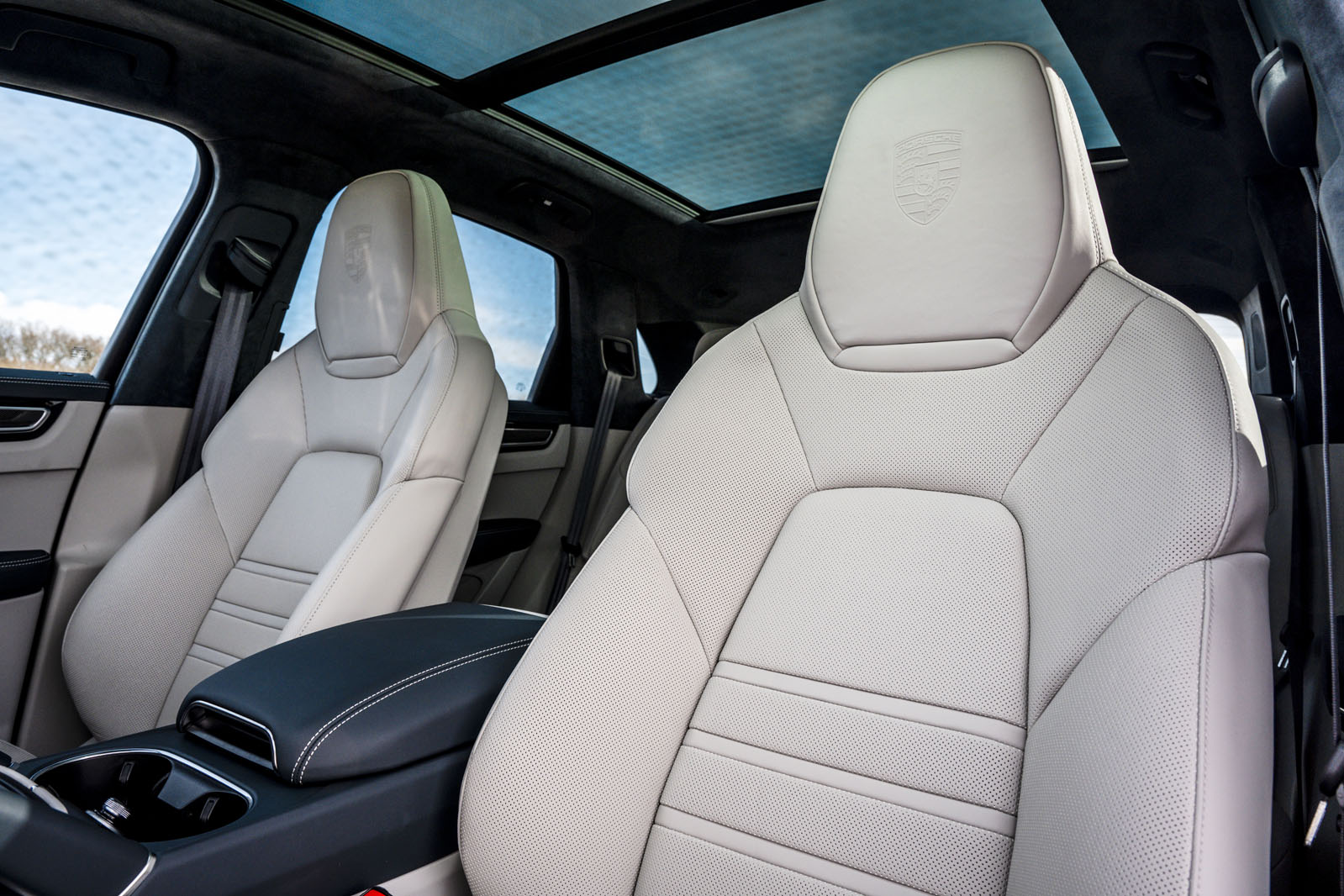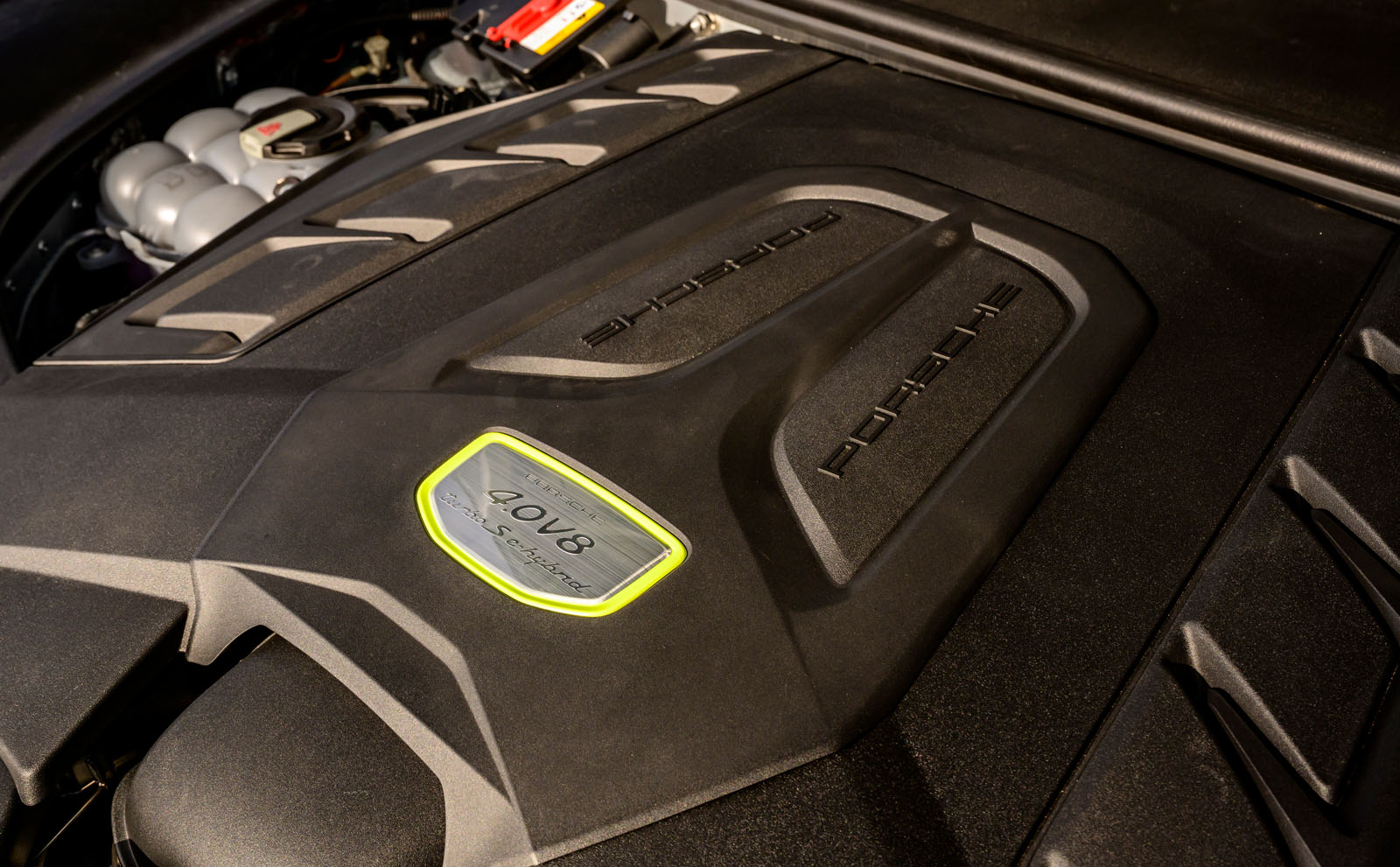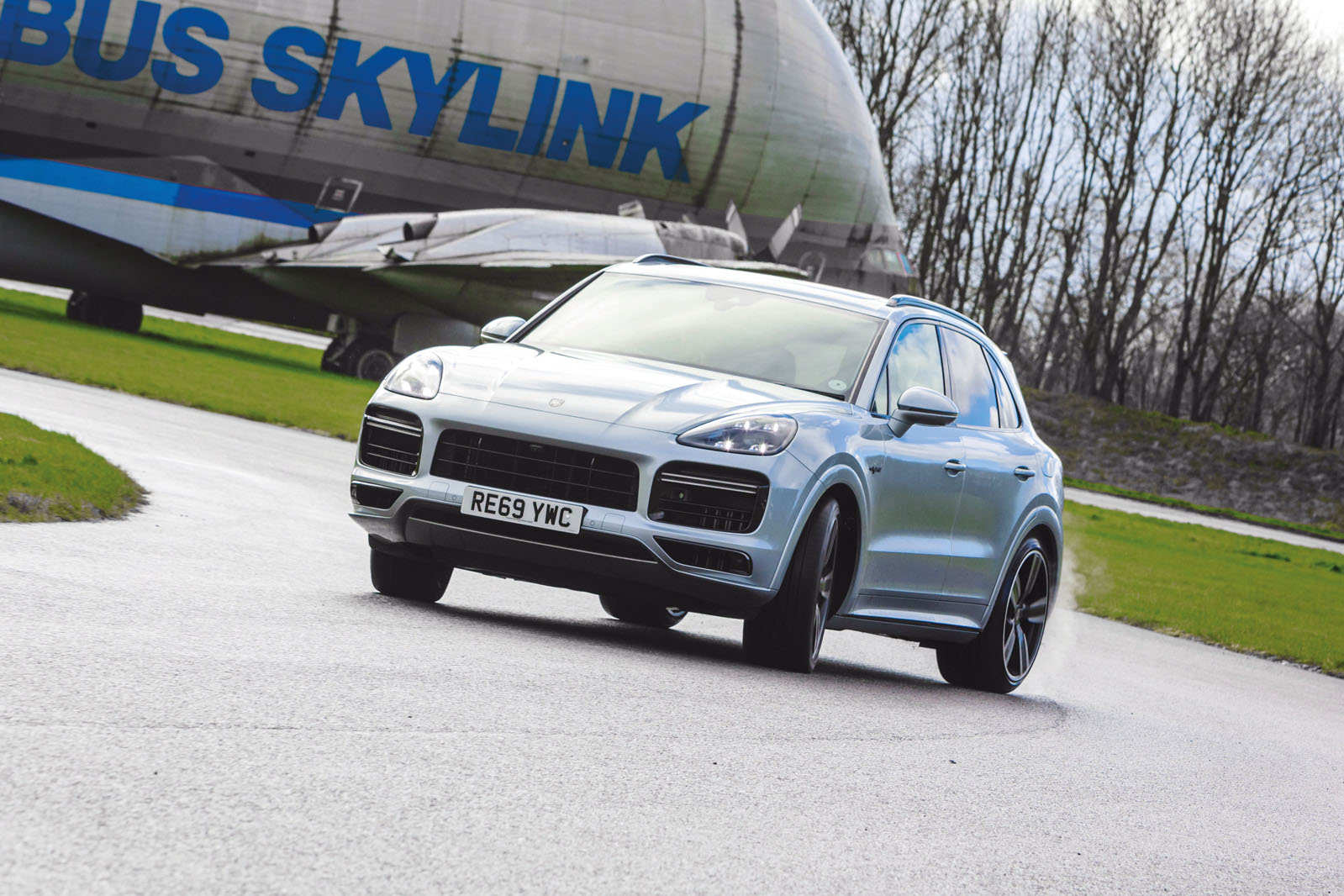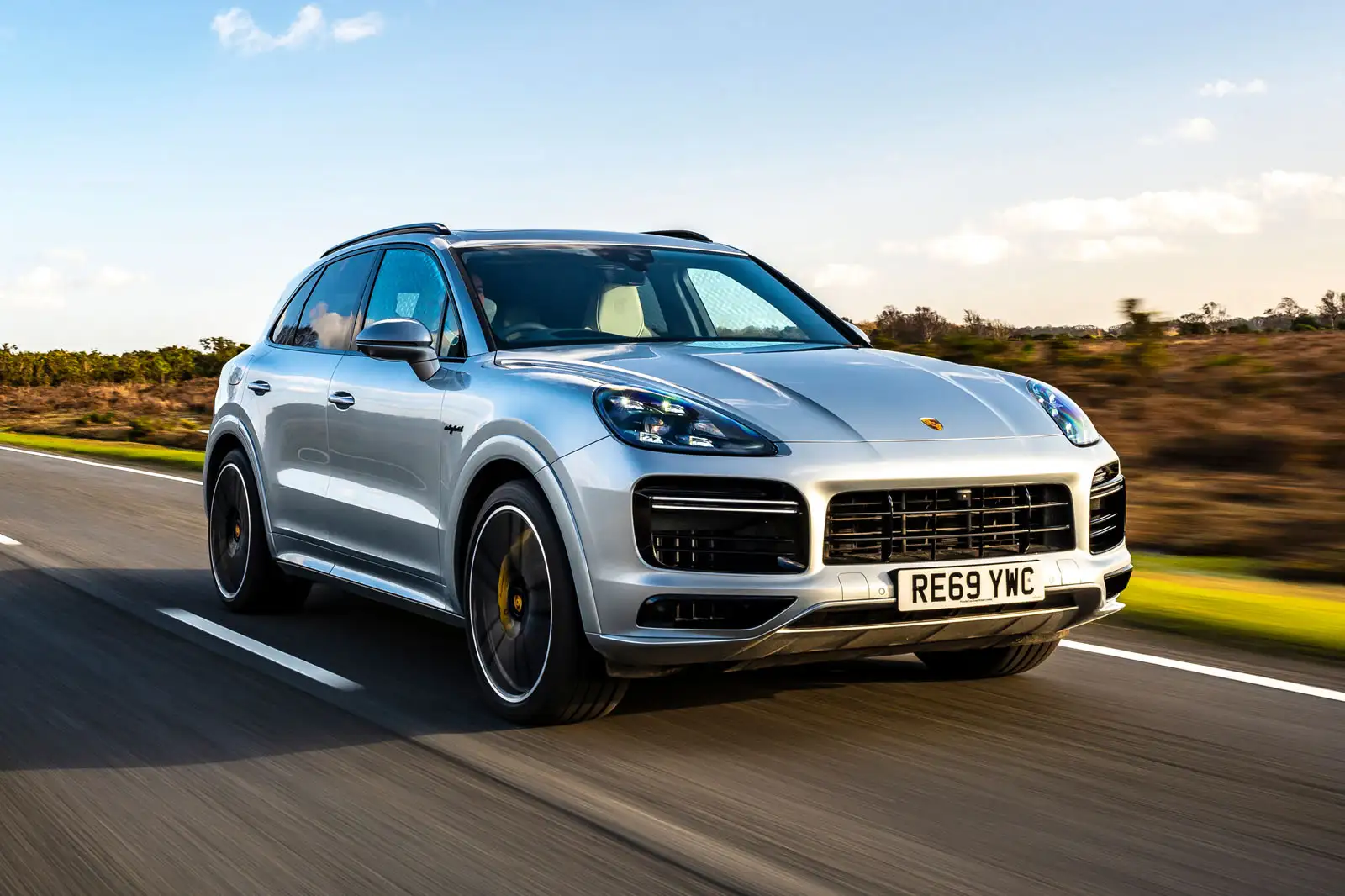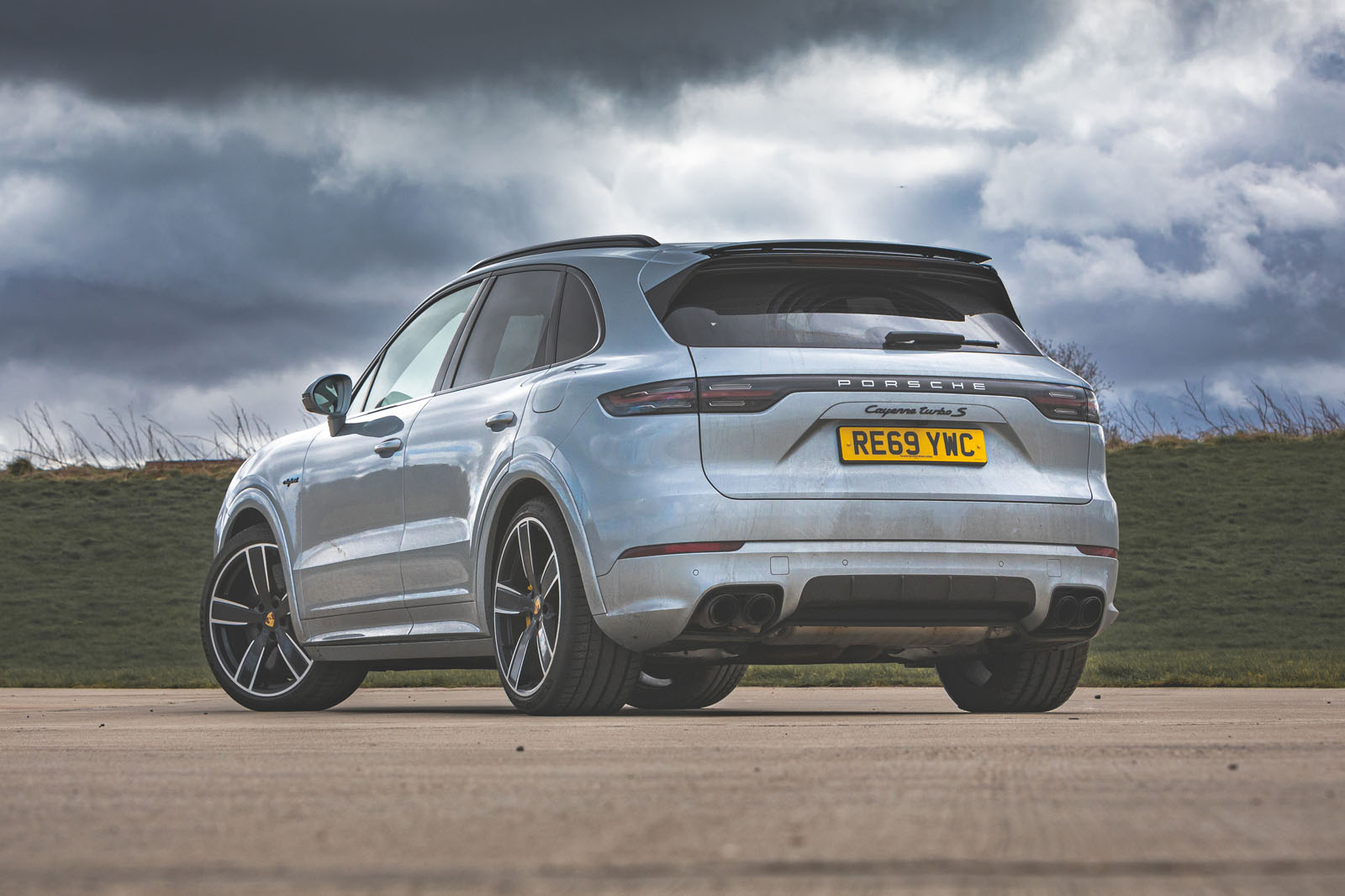Well before the Porsche Cayenne took hold, time was when the wildest Porsche usually took the form of a turbocharged Porsche Porsche 911 replete with an enormous wing and, if extra security was required, front driveshafts.
In the turbulent wake of the Porsche GT2 RS and the subsequent launch of the new Porsche 911 Turbo S – a car with 641bhp, a 2.6sec 0-62mph time, hips wider than a bin lorry and a wing – you could argue that nothing has changed.
However, if you accept that modern Porsche is really an SUV company that builds proper sports cars mainly to protect its pedigree (last year, it sold almost 200,000 Cayenne and Porsche Macan models compared with only 80,000 of everything else, which is a sobering statistic for the purists), then the ‘wildest’ model it makes is now the £123,000 Porsche Cayenne Turbo S E-Hybrid.
In truth, this most extreme take on the third generation of Porsche’s financial saviour can lay claim to that title no matter how you frame the question. With 671bhp, it is the most powerful model the company makes, and with the capability of all-electric running, it is also one of the most frugal, at least on paper. It will go places no 911 or Porsche Panamera ever could and it will take an entire family along for the ride.
It is, if nothing else, wildly ambitious. What we’ll now discover is whether it’s also any good.


